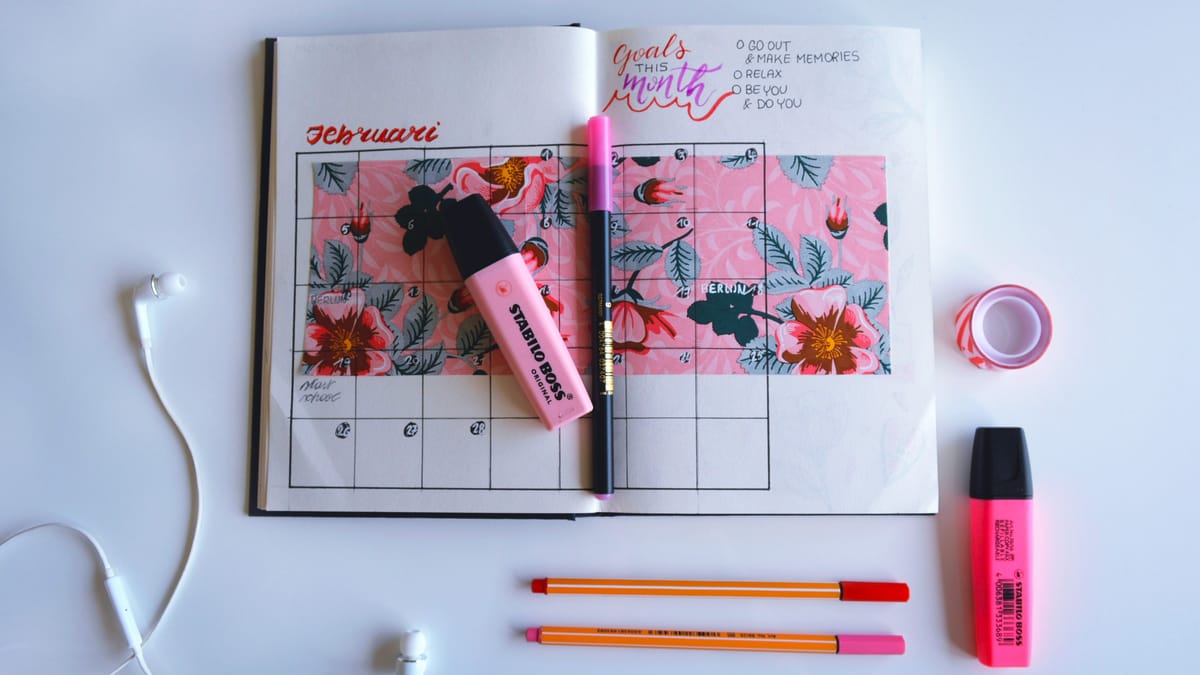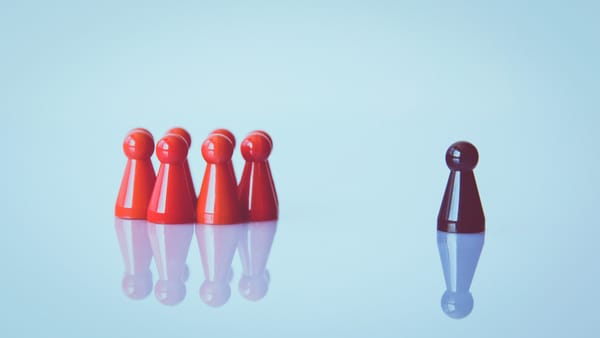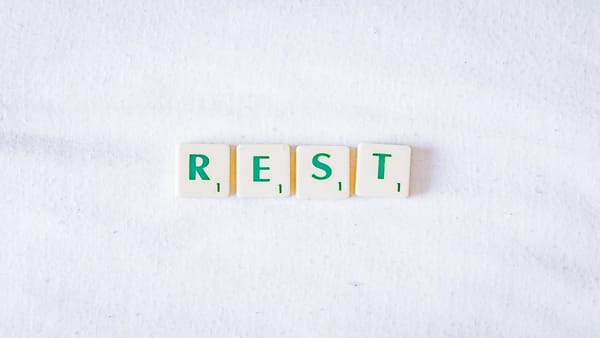Forget the Five-Year Plan
Moving forward without locking myself in

There was a time when I had the next five years mapped out in color-coded detail. Career milestones. Educational targets. Family goals. It looked beautiful, like a cross between a strategic plan and a Pinterest board.
And then life laughed.
I had one of those years. The kind that reroutes everything. A health diagnosis. A family crisis. And a professional shake-up. Suddenly, that five-year plan felt like a relic from a past life I no longer recognized. It wasn’t just that the goals were off track. It was that the person who wrote them no longer existed in quite the same way.
That was the year I stopped setting five-year goals.
The Illusion of Control
Don’t get me wrong: planning has its place. I’m a project manager. I like a well-structured roadmap. But I’ve also seen how rigid timelines can create false security and a whole lot of stress, especially when life doesn’t cooperate.
What I’ve learned (as a consultant, as a doctoral student, and as a parent) is that long-range goal setting often assumes a stability that simply doesn’t exist. It works best when nothing goes wildly wrong. Which… is not exactly the rhythm of real life for many of us.
So I started doing things differently.
What I Do Instead
I plan in seasons, not years.
A season is long enough to see movement, but short enough to adjust course. Every few months, I check in with myself and ask:
- What’s going on right now, personally, professionally, emotionally?
- What’s taking up the most energy, and is it worth it?
- What feels exciting, and what feels like a drag?
- What needs to grow? What needs to pause, or even end?
- Am I chasing something out of fear or curiosity?
Some seasons are about building. Some are about healing. Some are just about staying afloat. I let the season shape the structure, not the other way around.
I use my values as my compass.
Instead of asking where I want to be in five years, I focus on how I want to move through the world and who I want to be while doing it. I ask myself questions like:
- What kind of person am I becoming through this goal or choice?
- Am I making this decision from alignment or avoidance?
- Which values are showing up in my daily actions?
- If everything external changed tomorrow, would I still be okay with how I handled today?
- How does this reflect what matters most to me?
Values travel better than plans. They stay with you, even when the path changes.
I keep my goals small, specific, and flexible.
Rather than locking into massive, long-term goals, I try to set movable markers. Things I can experiment with, measure, and learn from. For example:
- What’s one small risk I can take this month?
- Who do I want to reconnect with over the next few months?
- What’s a skill I could learn that could help me now?
- What small change would make my days smoother?
- What is something I can try without overcommitting?
These goals build momentum without demanding that I try to predict the future. They create progress through presence.
I document pivots.
When I change direction, even subtly, I make a note of it. I track my reasons. This helps me remember why I did what I did. I ask:
- What changed that made me pivot?
- Was this shift reactive or intentional?
- What would I do differently next time?
- What did I learn about my limits or my needs?
This kind of tracking helps me spot patterns. And it reminds me that adapting is not the same as failing. It’s evolving.
What Changed for Me
When I first let go of long-range timelines, I expected to off balance. But I didn’t. I felt relief.
I felt less like I was failing at some imaginary benchmark. And more like I was participating in real life. The kind of life where goals don’t expire, they evolve. The kind where healing, discovery, grief, or joy can all reroute your priorities. And that’s not a detour, it’s kind of the point.
For the Planners Who Are Tired
If you’re feeling behind, off-track, or unsure what your five-year goals should be, maybe the problem isn’t you. Maybe that model just doesn’t fit your needs.
You can still plan. Just not for the person you might be in 2030.
Plan for the version of you that’s here now. Who’s learning. Healing. Managing real constraints and making real progress.
You don’t need a five-year plan to build something worthwhile.
You just need to keep adjusting, choosing, and showing up.
Every season. Every shift. Every time.
More questions, stories, and rabbit holes await...
→ File Under Maybe • Bluesky • Threads




